The Birkenstock pattern trademark: Balancing tradition and distinctiveness in intellectual property
 The history of Birkenstock dates back to 1774 when Johann Adam Birkenstock opened his first shoemaker’s shop in Frankfurt. In 1897, the Birkenstock company was founded with the aim of creating comfortable shoes for workers and people with foot problems. The brand’s popularity grew in Germany and expanded internationally in the 1960s. Today, Birkenstock is synonymous with comfort and foot wellness. The Birkenstock sandal has become an icon of fashion and comfort, thanks to its cork and latex footbed that is moulded to the contours of the foot.
The history of Birkenstock dates back to 1774 when Johann Adam Birkenstock opened his first shoemaker’s shop in Frankfurt. In 1897, the Birkenstock company was founded with the aim of creating comfortable shoes for workers and people with foot problems. The brand’s popularity grew in Germany and expanded internationally in the 1960s. Today, Birkenstock is synonymous with comfort and foot wellness. The Birkenstock sandal has become an icon of fashion and comfort, thanks to its cork and latex footbed that is moulded to the contours of the foot.
The brand’s outer sole pattern, which features a wave-like design, has become iconic and has been the subject of several legal decisions in German and European courts. Birkenstock has sought to protect this pattern as a trademark.
Background:
In 2016, Birkenstock obtained position trademark protection in Germany for a distinctive pattern on the sole of its shoes (registration number 3020150531693).
– A position trademark is a type of trademark that is characterised by its specific position on a product or its packaging, rather than by traditional word or figurative elements.
A third party applied to the German Patent and Trademark Office to cancel the trademark, claiming that it lacked distinctiveness and clarity for goods without soles.
– Distinctiveness refers to a trademark’s ability to distinguish itself from similar goods or services on the market.

The German Patent and Trademark Office declared Birkenstock’s trademark invalid for lack of distinctiveness.
Birkenstock appealed against this decision to the German Patent and Trademark Court (Case No. 28 W (pat) 24/18).
The German Patent and Trademark Court dismissed Birkenstock’s appeal on the basis of existing case law on design trademarks. The court confirmed that the mark lacks distinctiveness for goods with soles or related to soles as well as for goods not related to soles.
– A trademark must be sufficiently unique to enable consumers to associate it with a particular commercial source. It is this distinctiveness that gives a trademark its value and legal protection.
Alongside these proceedings in Germany, a similar decision was made at the European Union level. The General Court of the European Union confirmed the cancellation of Birkenstock’s trademark for the entire European Union (Case T-365/20).
Ultimately, Birkenstock’s position trademark was declared non-distinctive for the relevant goods in both Germany and the European Union.
However, if Birkenstock’s orthopaedic shoe does not gain consensus, it remains a fashion icon eligible for copyright protection. The company has already obtained protection for its ‘Madrid’ model. Birkenstock still has options to safeguard its intellectual property assets.
Why was Birkenstock’s position trademark rejected?
The issue of the distinctiveness of this trademark was examined by the German Patent and Trademark Court, which confirmed the lack of distinctiveness.
In assessing distinctiveness, the court reiterated the consistent case law on trademarks: the criteria for assessing distinctiveness are the same for all types of trademarks.
However, the German Office emphasises that signs consisting solely of the shape or three-dimensional representation of goods are not necessarily seen by the public in the same way as traditional verbal or figurative trademarks, which are independent of the appearance of the marked goods.
If goods or their packaging lack figurative or verbal elements, the average consumer will not usually infer commercial origin from their shape. Therefore, a trademark only has inherent distinctiveness if it significantly departs from the standards or practices of the relevant sector and fulfils its essential function of identifying commercial origin.
When evaluating whether a product design is considered common by the public, it is important to focus primarily on the relevant sector. Designs from adjacent sectors may also be considered if, under specific circumstances, the relevant public may shift its perception to the relevant sector.
The Court applied these criteria to Birkenstock’s trademark.
– The judges found that soles often have a profile for better grip, whether for work, leisure or sport. The Court referred to various sole designs available prior to the filing date. Based on these earlier designs, the Court held that the contested trademark was merely a variant of soles with criss-crossing and wavy lines.
– Birkenstock argued that its design gave the impression of bones. The Court rejected this argument because the relevant public would not see the pattern as resembling bones.
– Therefore, the trademark was found to be devoid of any distinctive character in respect of goods which have or are (part of) a sole.
The example of Birkenstock highlights the challenge of securing trademark protection for the appearance of goods in Europe. To be considered distinctive, patterns that constitute a trademark must be unique, unusual, or have gained recognition and a well-known character through extensive use. As pattern trademarks gain popularity and companies seek to safeguard them, courts may need to clarify the criteria for distinctiveness of these types of trademarks. The decision in the Birkenstock case issued by the CJEU may impact the assessment of other trademarks.




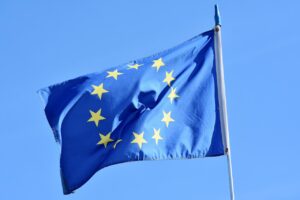 EUIPO, R 275/2023-4, September 13, 2023, TVAR VIRTUÁLNÍ STŘELNÉ ZBRANĚ (fig.)
EUIPO, R 275/2023-4, September 13, 2023, TVAR VIRTUÁLNÍ STŘELNÉ ZBRANĚ (fig.)
 Introduction
Introduction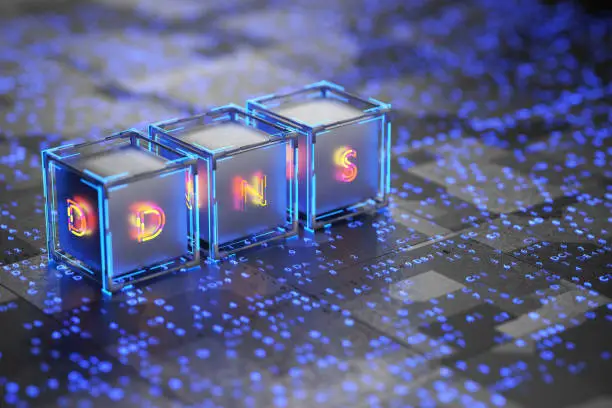


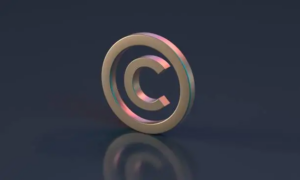 Generative artificial intelligence (AI) is a type of artificial intelligence system that can generate text, images, and other media.
Generative artificial intelligence (AI) is a type of artificial intelligence system that can generate text, images, and other media.
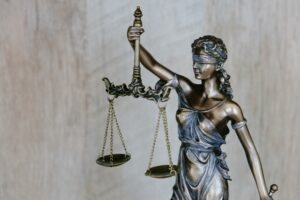

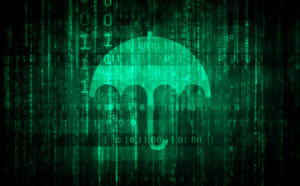



 Intellectual property (IP) is a valuable asset that can help businesses grow and protect their investments. Without adequate IP protection, businesses are vulnerable to having their ideas and inventions stolen or copied without any legal recourse. This article will discuss the pitfalls of not having IP protection in place and the importance of having it.
Intellectual property (IP) is a valuable asset that can help businesses grow and protect their investments. Without adequate IP protection, businesses are vulnerable to having their ideas and inventions stolen or copied without any legal recourse. This article will discuss the pitfalls of not having IP protection in place and the importance of having it.
 The advent of
The advent of